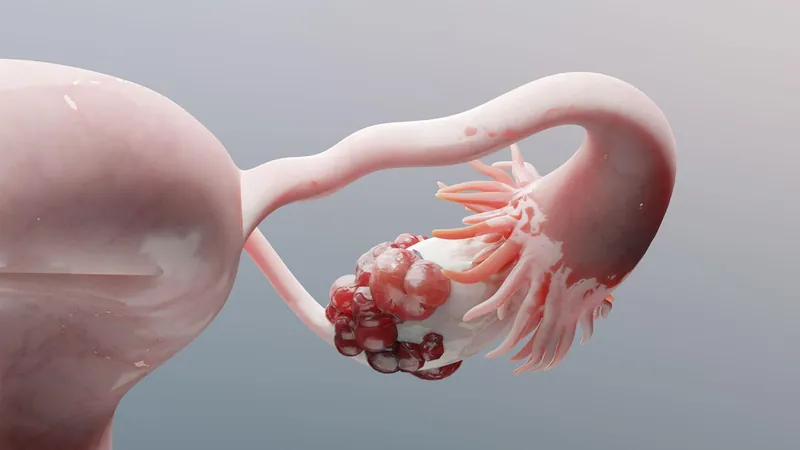
Unveiling the Secrets of the X-37B: How Aerobraking Could Redefine Space Missions!
2024-11-10
Author: Wei
In a groundbreaking revelation, the U.S. military's enigmatic X-37B space plane is finally shedding some of its mystery. The United States Space Force and Boeing have disclosed that the X-37B is set to embark on an innovative series of aerobraking maneuvers designed to lower its orbit effectively while safely disposing of obsolete hardware before it returns to Earth.
This fascinating announcement sparked interest among space enthusiasts, as Boeing released a detailed video illustrating the aerobraking process and its significance for the X-37B’s future operations. According to a Boeing representative, this maneuver will not only alter the spacecraft's altitude but will also ensure compliance with international standards aimed at reducing space debris.
Traditionally, satellites shift orbits by firing onboard thrusters, which consumes precious propellant. In contrast, aerobraking ingeniously harnesses the drag of Earth’s atmosphere to facilitate orbital adjustments. John Ealy, a Boeing engineer, explained in the video: “By employing aerobraking, we can strategically reduce our apogee one step at a time until we reach our targeted orbital altitude. This approach conserves significant amounts of propellant, underscoring the vital role of aerobraking.”
Excitingly, the animation in Boeing’s video depicted the X-37B's unique aircraft-like design changing its orientation so that its broad bottom faces forward, allowing it to utilize atmospheric drag effectively. As the craft glides through the atmosphere, the underside glows an intense orange due to the heat generated from friction, a visual testament to its impressive capabilities.
The leadership of the U.S. Space Force heralded this maneuver as a monumental achievement. "This first-of-its-kind operation from the X-37B represents a crucial milestone for the U.S. Space Force as we enhance our abilities in this complex environment," stated General Chance Saltzman, Chief of Space Operations. "The success of this mission is a reflection of the team's unwavering commitment and ingenuity."
The X-37B's current mission, designated OTV-7 (for "Orbital Test Vehicle-7"), marks a notable moment in its storied history—it launched atop a SpaceX Falcon Heavy rocket, propelling the space plane into an elliptical orbit at an undisclosed altitude. Like its predecessors, mission details remain shrouded in secrecy, with known objectives focusing on testing the impacts of space radiation and enhancing "space domain awareness" technologies. These advancements likely aim to bolster the U.S. Space Force's monitoring capabilities of orbital activity.
“Each X-37B mission serves to elevate our nation's space prowess by trialing new technologies that mitigate risks and shape future space architectures. The seventh mission is no exception,” declared Holly Murphy, program director for Boeing's Experimental Systems Group, in the animation.
As the X-37B ventures deeper into the uncharted territories of space strategy, its pioneering maneuvers promise not only to push the envelope of current aerospace technology but also to set new precedents for future space operations. With every mission, this secretive spacecraft continues to expand our understanding of what is possible beyond our home planet—stay tuned for more extraordinary updates!



 Brasil (PT)
Brasil (PT)
 Canada (EN)
Canada (EN)
 Chile (ES)
Chile (ES)
 España (ES)
España (ES)
 France (FR)
France (FR)
 Hong Kong (EN)
Hong Kong (EN)
 Italia (IT)
Italia (IT)
 日本 (JA)
日本 (JA)
 Magyarország (HU)
Magyarország (HU)
 Norge (NO)
Norge (NO)
 Polska (PL)
Polska (PL)
 Schweiz (DE)
Schweiz (DE)
 Singapore (EN)
Singapore (EN)
 Sverige (SV)
Sverige (SV)
 Suomi (FI)
Suomi (FI)
 Türkiye (TR)
Türkiye (TR)